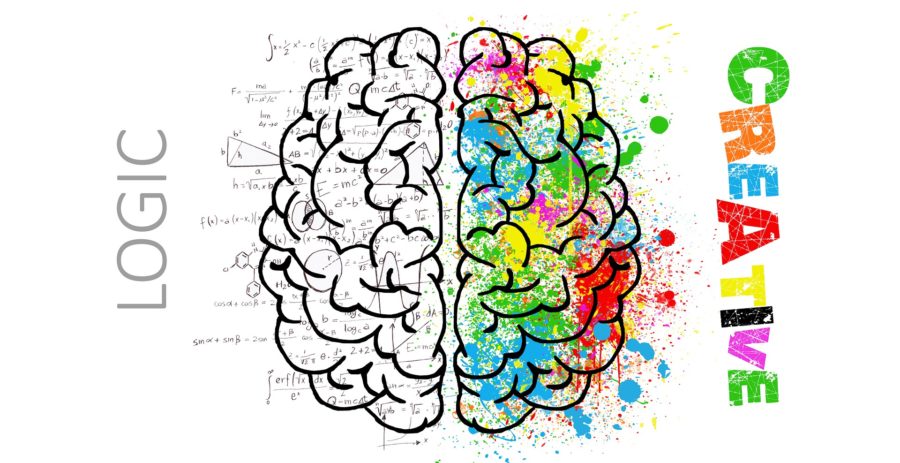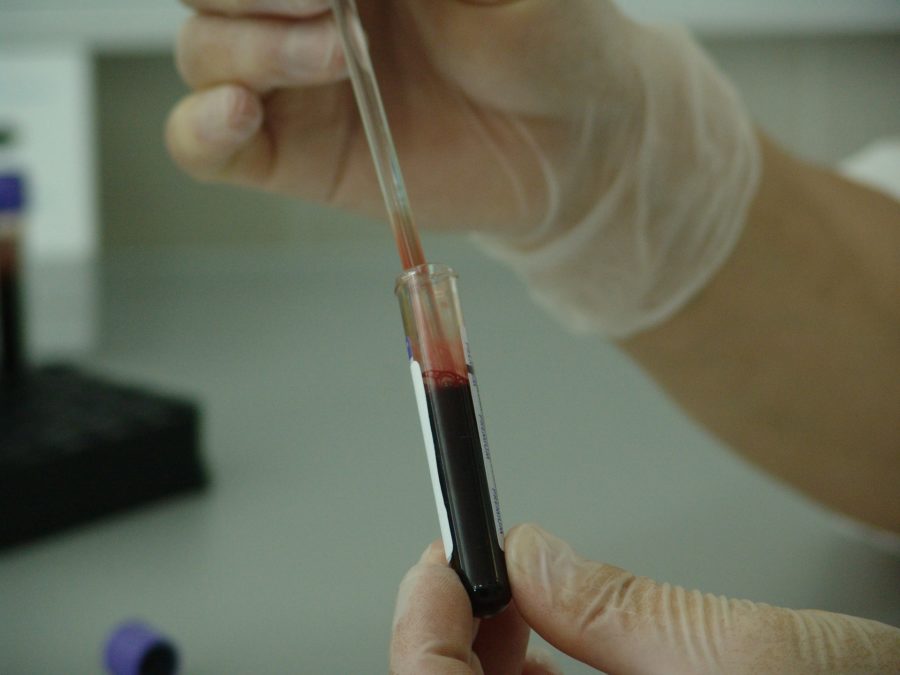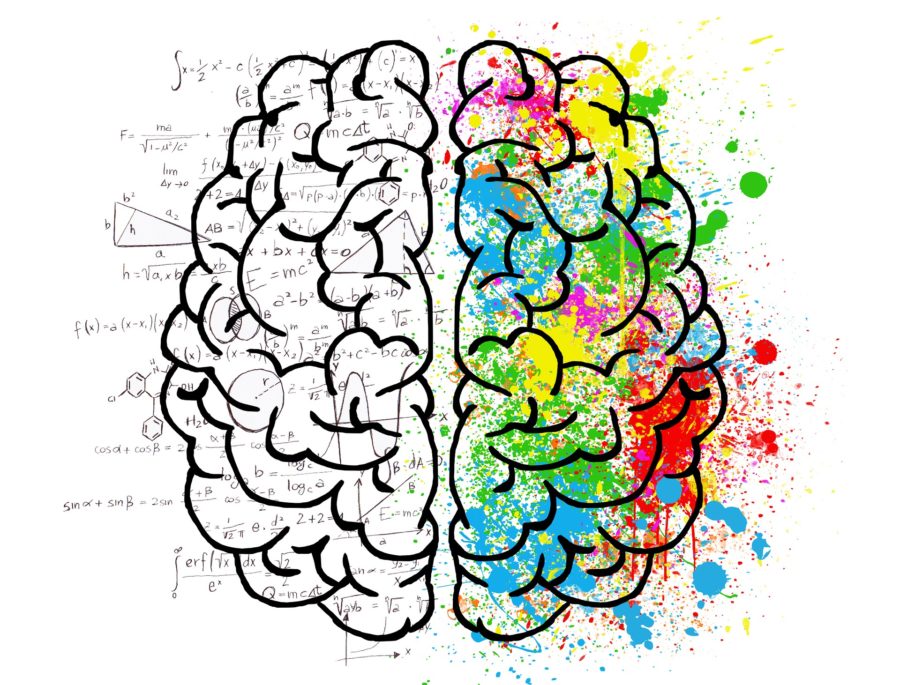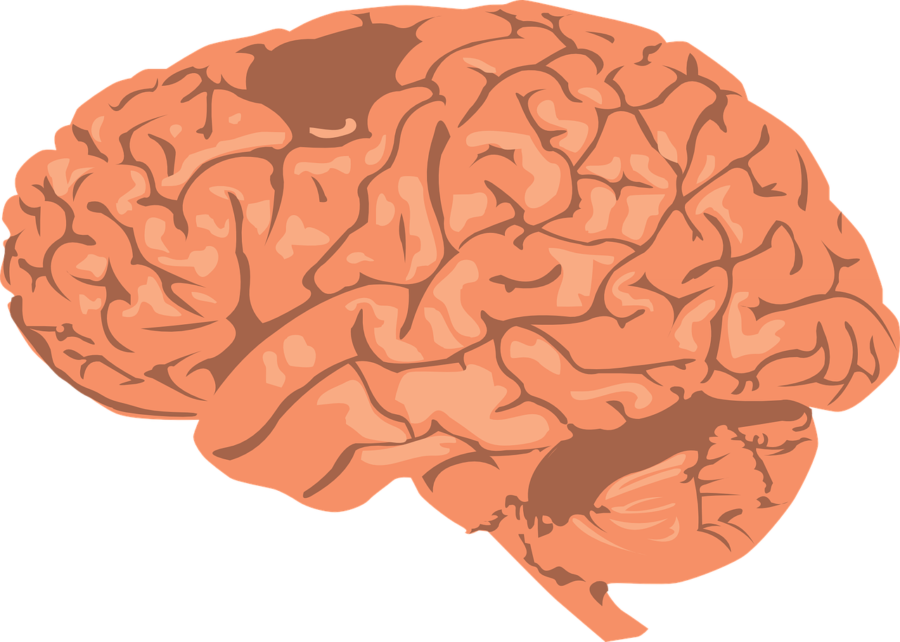
Previous research has shown that students from lower income families experience what experts call an “achievement gap,” which has been shown through standardized test scores and other measures of academic success.
Researchers at Massachusetts Institute of Technology (MIT) offers new insight into this gap by imaging the brains of high- and low-income students.
Researchers found that the brains of the higher-income students had thicker cortex in areas associated with visual perception and knowledge accumulation. There was also correlation with performance on standardized tests.
“Just as you would expect, there’s a real cost to not living in a supportive environment. We can see it not only in test scores, in educational attainment, but within the brains of these children,” said MIT’s John Gabrieli, the Grover M. Hermann Professor in Health Sciences and Technology, professor of brain and cognitive sciences, and one of the study’s authors.
Although the study did not examine the reasons for the differences in the brain anatomy, previous studies have shown that lower-income students may suffer more stress in early childhood, have more limitations on their access to education resources and have less exposure to spoken language. All of these factors have been linked to lower academic achievement.
The gap in student achievement measured by test scores has been widening in recent years, according to experts.
Martin West, an associate professor of education at the Harvard Graduate School of Education and an author of the new study, said, “There’s a lot of interest among educators and policymakers in trying to understand the sources of those achievement gaps, but even more interest in possible strategies to address them.”
The study included 58 students—23 from lower-income families and 35 from higher-income, between 12 and 13 years old. The lower-income families were identified by those who qualify for lunch assistance.
Using an MRI, they discovered the differences in thickness of the cortex in the temporal and occipital lobes. Those areas are responsible for vision and storing knowledge. The differences in cortical thickness in these regions could explain as much as 44 percent of the achievement gap.
Other measures of brain anatomy, such as how much white matter there was, did not differ. White matter consists of the bundles of axons that connect different parts of the brain.
The researchers say that the structural differences they found aren’t necessarily permanent.
“There’s so much strong evidence that brains are highly plastic,” Gabrieli said. “Our findings don’t mean that further educational support, home support, all those things, couldn’t make big differences.”
Researchers hope to learn about what types of educational programs may help to close the achievement gap and investigate whether programs also influence brain anatomy in future studies.
Information compiled from MIT.














